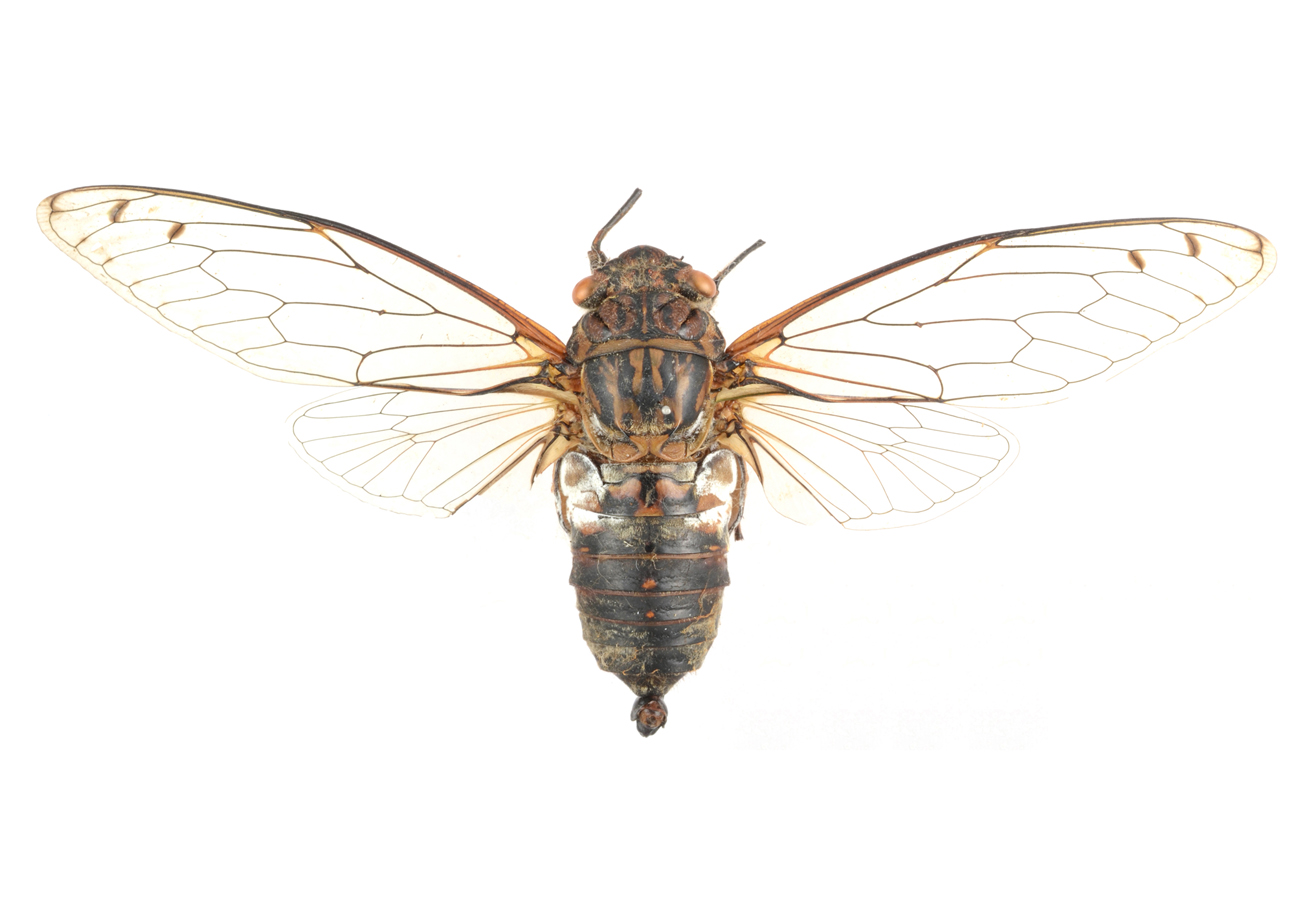Abstract
Masona popeye Quicke & Chaul sp. n. is described from Brazil, and differentiated from other species of the genus. Described extant species of Masona are known from Australia and south eastern U.S.A. (Georgia and Florida including the Key Islands). Two undescribed species are known from Tanzania and Cambodia. The new species is therefore the first representative of the subfamily Masoninae van Achterberg from South America, demonstrating the completely cosmopolitan distribution of this very poorly known group. The new species most closely resembles a fossil species, M. pyriceps van Achterberg, 2001, from Dominican amber with which it shares the plesiomorphic presence of a scutellum.
References
Belshaw, R. & Quicke, D.L.J. (2002) Robustness of ancestral state estimates: evolution of life history strategy in ichneumonoid parasitoids. Systematic Biology, 51, 450–477.
https://doi.org/10.1080/10635150290069896
Engel, M.S. & Bennett, D.J. (2008) Anoblepsis, a new, bizarre braconid wasp genus in Dominican amber (Hymenoptera: Braconidae). Journal of the Kansas Entomological Society, 81, 368–372.
https://doi.org/10.2317/802.02.1
Quicke, D.L.J., Smith, M.A., Janzen, D.H., Hallwachs, W., Fernandez-Triana, J., Laurenne, N.M., Zaldívar-Riverón, A., Shaw, M.R., Broad, G.R., Klopfstein, S., Shaw, S.R., Hrcek, J., Hebert, P.D.N., Miller, S.E., Rodriguez, J.J., Whitfield, J.B., Sharkey, M.J., Sharanowski, B.J., Jussila, R., Gauld, I.D., Chesters, D. & Vogler, A.P. (2012) Utility of the DNA barcoding gene fragment for parasitic wasp phylogeny (Hymenoptera: Ichneumonoidea): data release and new measure of taxonomic congruence. Molecular Ecology Resources, 12, 676–685.
https://doi.org/10.1111/j.1755-0998.2012.03143.x
Quicke, D.L.J., Ward, D.F. & Butcher, B.A. (2019) A new micropterous, ground-dwelling, non-cyclostome braconid parasitoid wasp, Epigeiobracon perplexus gen. et sp. nov. Quicke & Ward (Hymenoptera: Braconidae) from New Zealand of uncertain relationships. Austral Entomology. [in press]
van Achterberg, C. (1988) Revision of the subfamily Blacinae Foerster (Hymenoptera, Braconidae). Zoologische Verhandelingen, Leiden, 249, 1–324.
van Achterberg, C. (1995) Generic revision of the subfamily Betylobraconinae (Hymenoptera: Braconidae) and other groups with modified fore tarsus. Zoologische Verhandelingen, Leiden, 298, 1–242.
van Achterberg, C. (2001) The first known fossil Masoninae (Hymenoptera: Braconidae) from Miocene Dominican amber. Zoologische Mededelingen, Leiden, 75, 393–396.

